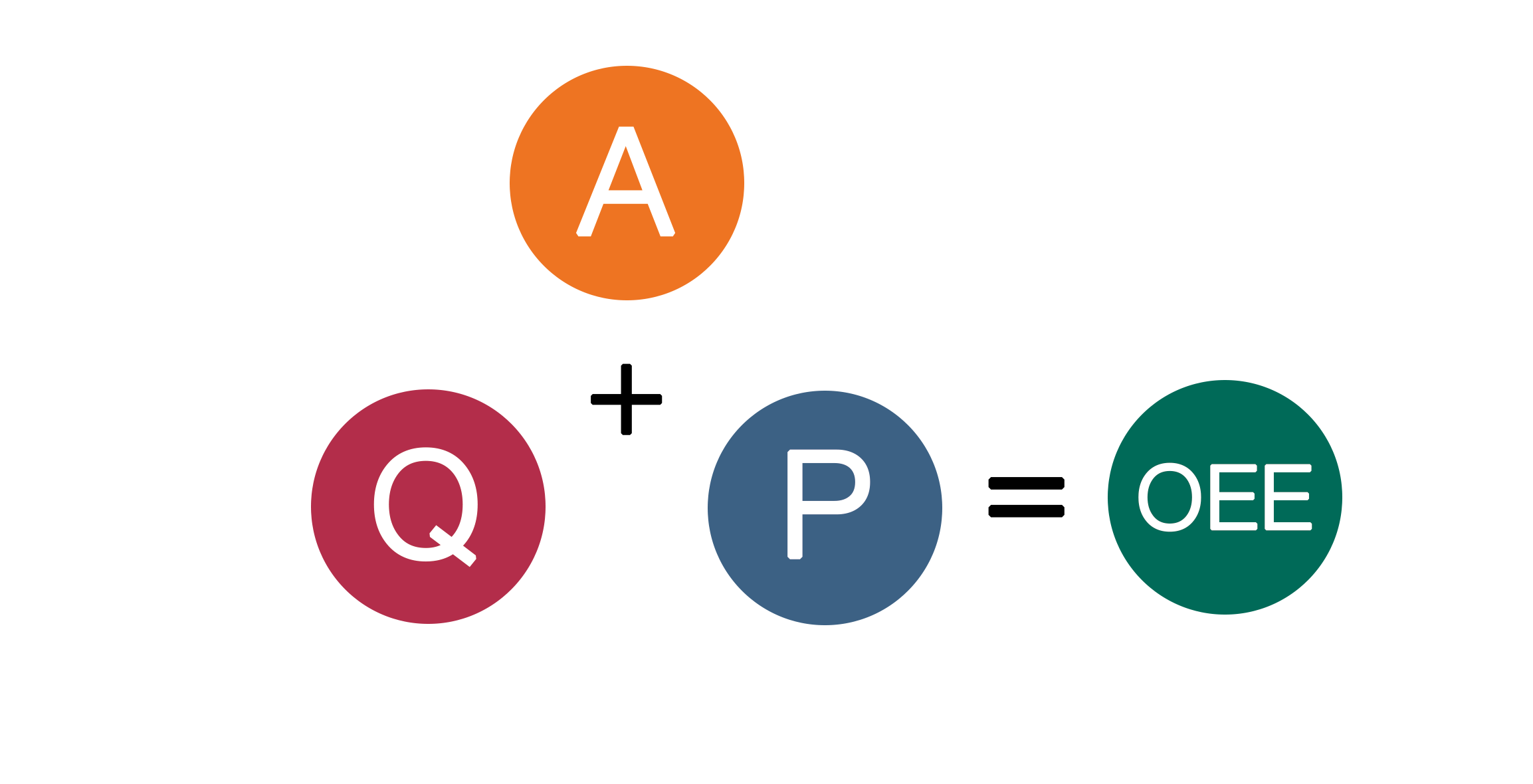What is a Thermal Transfer Overprinter (TTO)?
How Does a Thermal Transfer Overprinter (TTO) work?
A Thermal Transfer Overprinter (TTO) prints onto flexible packaging by melting a coating of ribbon so that it stays glued to the material once applied.
TTO printers use a fixed width thermal printhead, pressing onto flexible packaging, over a driven rubber roller called a platen. Between the printhead and the material is sandwiched a very thin thermal transfer ribbon (or sometimes called “foil”), a polyester film which has been coated on the label side with a wax, wax-resin or pure resin “ink”. The ribbon is driven through the printing mechanism in sync with the packaging line.
As the packaging material and ribbon are driven beneath the printhead together, tiny pixels across the width of the printhead are heated and cooled so as to melt the ink off the polyester film and onto the packaging material. This process happens very quickly and accounts for the fast speed of the printers.
Thermal printheads are often 203 dots per inch (8 dots per mm) or 300 dpi (12 dots per mm). Though some manufacturers now make 600 dpi printers to produce very small barcodes for electronics industries.
Thermal Transfer Overprinting (TTO) is the established technology of choice for a wide range of coding applications. From label overprinting, to high speed digital coding on vertical bagging machines with flexible packaging. TTO printers are commonly used in the food, beverage, pharmaceuticals and cosmetics industries.

Does thermal transfer require ribbon?
Thermal Transfer Overprinters (TTO) commonly require a ribbon to be able to print onto flexible packaging material. A coating of thermal ribbon is melted onto the packaging material, ensuring that the print survives harsh environments, and stays on the material for a long period of time.
There are three main types of thermal ribbon – these are; wax, wax-resin and pure-resin, and are almost always black.
- Wax ribbon: This type of ribbon is used for printing onto paper labels, where the life of the label can be years but must be kept dry and must not be abraded or subjected to certain chemicals or oil, as this will dissolve the wax image.
- Wax-resin ribbons: This type of ribbon produces a finer image on very smooth paper or coated paper labels. The printed image is much more durable than wax, but can only stand slight contact with water.
- Pure resin: Finally, pure resin ribbons are formulated to print onto plastic labels such as polyester, polypropylene and vinyl. The ink is designed to slightly dissolve into or adhere to the plastic surface of the label and becomes extremely durable.
What is the difference between Thermal Transfer Overprinting (TTO) and Thermal Inkjet (TIJ)?
Thermal Inkjet printing is a non-contact process in which liquid is “fired” onto the packaging using thermal expansion, whereas Thermal Transfer Overprinting uses a fixed width thermal printhead to apply ink on to a flexible packaging. Both are suitable for primary packaging, however Thermal Inkjet can be used on small scale secondary packaging.
For more information, please see our guide on choosing the right coding and labelling technology.
What is the lifespan of a Thermal Transfer Overprinter (TTO)?
Thermal Transfer Overprinters can last for over 10 years, but the lifespan is dependent on the model, usage requirements and how well they are maintained. If a TTO printer is printing on a high number of packages per minute (PPM) over a long period of time, the printer will require more continued maintenance to ensure that it runs efficiently.
Regular servicing, genuine spare parts and consumables, and preventative maintenance will prolong the lifespan of your TTO printer. Read our guide on Total Productive Maintenance (TPM) for further information on maintaining machinery equipment.
Things to consider when purchasing a Thermal Transfer Overprinter (TTO)
Thermal Transfer Overprinters (TTO) print at high speeds and precision, making it the ideal solution for printing data embedded barcodes or QR codes which require more detail than other generic barcodes. Print resolution is typically 300 dpi, and the process allows for printing directly onto packaging media
Despite the benefits of using a TTO printer, its application does have limitations. Due to the contact print nature of the technology, it is only suitable for flexible packaging and linear print speeds are typically restricted to about 800mm\s if printing barcodes. Make sure to check which material that you will be printing on before purchasing a TTO printer.
What can Clearmark Solutions offer?
Clearmark Solutions offers a range of Thermal Transfer Overprinters. The Zodiac range has long been considered the best in the industry, delivering high speed, low maintenance performance.
The modularly designed, solid-state coders, feature an airless all-electronic printhead design, Intelligent Motion™, for unrivalled flexibility, accuracy and reliability. Its industry-leading 1,200 metre ribbon capacity with print gaps of just 0.5mm leads to fewer changeovers and more efficient ribbon use.
The Zodiac Hawk and Zodiac Falcon models are the first thermal transfer printers to report on all elements of Overall Equipment Effectiveness (OEE) as standard, leading to vast improvements in performance, reliability and quality. Check out our range of TTO printers here.
Example Print
Related Articles
Choosing the right coding and labelling technology

How to calculate Overall Equipment Effectiveness (OEE)

Get in touch
For further advice on Thermal Transfer Overprinters (TTO), please get in touch and one of our experts will be happy to help.

